Peter Sutcliffe, the ‘Yorkshire Ripper’: How the serial killer was caught
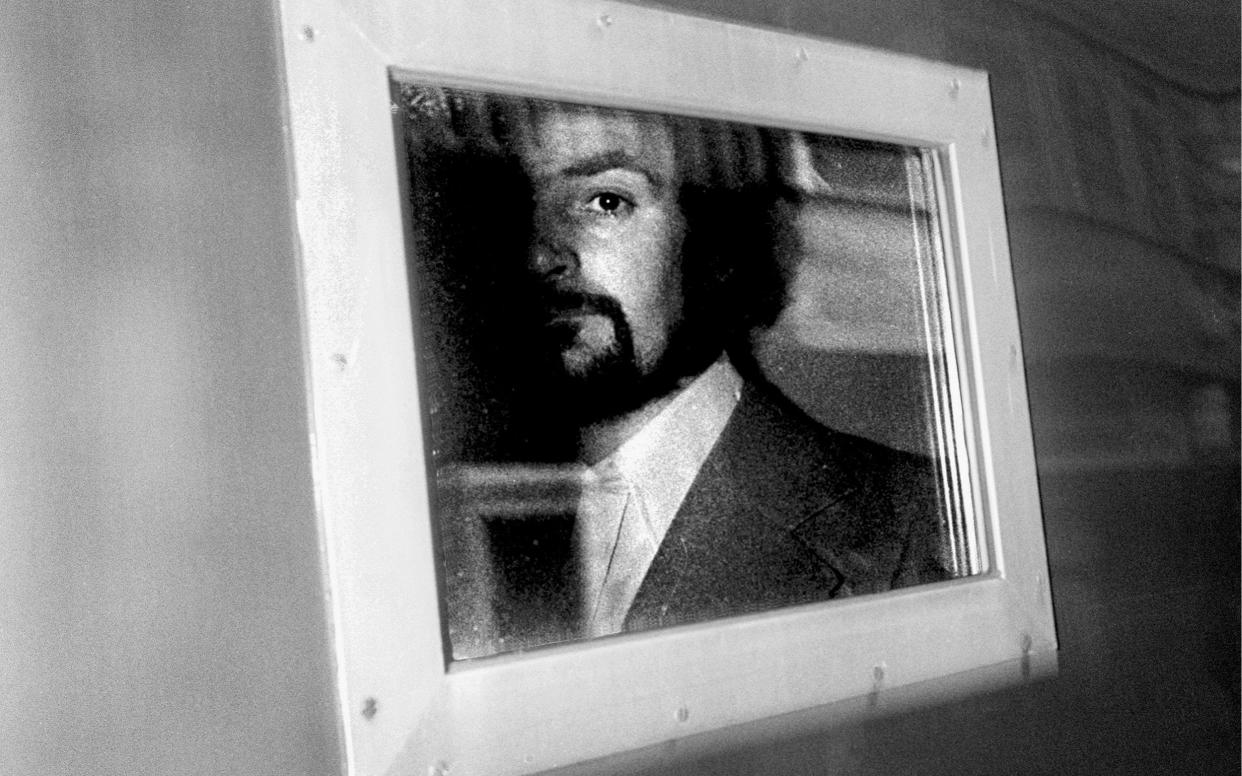
Peter Sutcliffe was a Bradford lorry driver who became known as the Yorkshire Ripper and was jailed for life in 1981 for murdering 13 women and trying to murder seven others in the deluded belief that he was on a maniacal “mission from God” to kill prostitutes.
His (at least) five-and-a-half-year rampage across decaying urban stretches of west Yorkshire, with occasional forays into Manchester and beyond, instilled genuine and almost tangible fear among millions of women across the north of England.
The inept police search for the most brutal serial killer in living memory became the biggest manhunt in British criminal history, with more than 150,000 suspects interviewed, and 27,000 houses searched, the equivalent of a small town. Meanwhile Sutcliffe continued to kill, apparently at random, often eviscerating his victims and leaving them in plain sight.
Sutcliffe’s modus operandi was to follow a woman walking alone at night and strike her on the head from behind with a hammer, knocking her unconscious and sometimes shattering her skull. He would then lift her clothing and stab her repeatedly in the stomach or genitals, sometimes with a knife, sometimes with a sharpened screwdriver.
Although he frenziedly mutilated their bodies, Sutcliffe was offended by the Yorkshire Ripper title bestowed by the increasingly panicky police and the media, complaining later that “the newspapers seem to be able to print what they like about me”.
Furthermore, although some of his victims were prostitutes, his last six attacks were on what the attorney-general characterised at Sutcliffe’s trial as “totally respectable women” – among them a schoolgirl, a student, a professional civil servant and others in conventional employment – making a distinction which reflected the attitudes of the time.

On at least five occasions, Sutcliffe’s name had been “in the frame” for the killings, but each time he had been released, there being no centralised computer system in the 1970s to co-ordinate and cross-check the efforts of three separate police forces involved in deploying what proved to be a disastrously disorganised dragnet.
There was a further cruel impediment in the form of two anonymous letters and a taped message, thought to have been sent by the Ripper, which fatally sidetracked and misled the police.
Phonetic experts at Leeds University pinpointed a village on Wearside as the source of the taunting speaker’s accent on the tape, thus eliminating Sutcliffe who spoke in an unexpectedly high-pitched Yorkshire brogue.
The hunt for Wearside Jack broke the health of the assistant chief constable of West Yorkshire, George Oldfield, who was eventually taken off the case and who died in 1985.
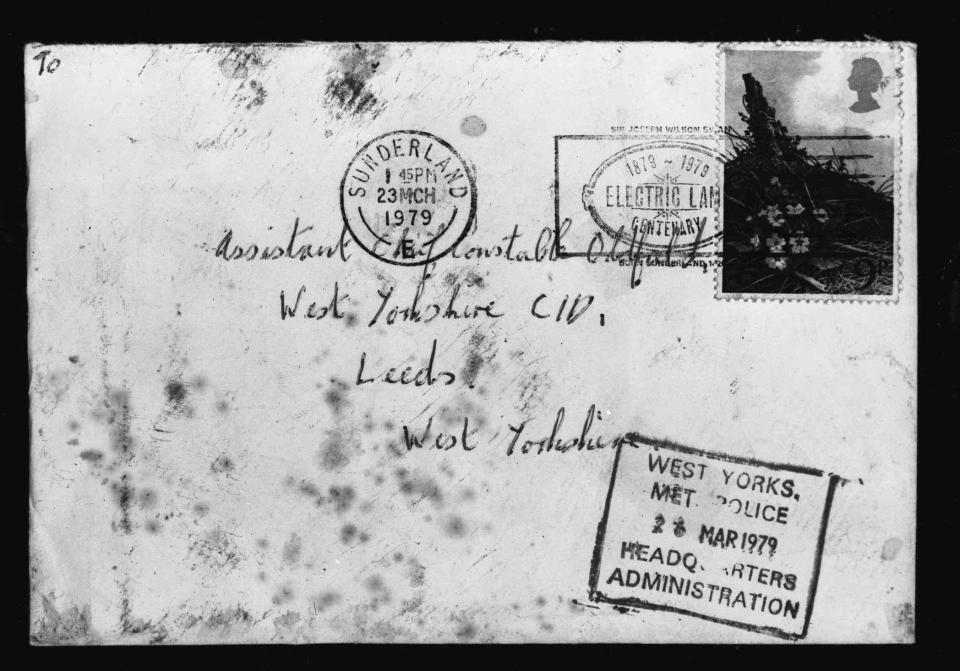
Years later, the tape was exposed as a hoax, the work of an alcoholic Wearside bricklayer called John Humble, who in 2006 was sentenced to eight years in prison for perverting the course of justice.
Sutcliffe’s narrowest squeak came in 1977 after his third murder, that of a woman in Manchester who was found to have had a freshly-minted £5 note in her handbag.
It was evident that the killer had returned to the scene in search of the incriminating banknote, which had been issued only days before the murder to one of 34 firms, employing some 6,000 people in all, including T and WH Clark of Bradford, the transport company where Sutcliffe worked.
When detectives interviewed him they reckoned him strange, but took their inquiries no further when he produced an alibi.
Kitted up for his 14th murder with a ball-peen hammer and a knife, Sutcliffe was finally caught in January 1981 by dint of simple old-fashioned police work. Sgt Bob Ring of the South Yorkshire force ran a routine check on the number plate of a Rover car parked in the red light district of Sheffield while the driver was “doing business” with a prostitute.

This revealed that the plate had been stolen from a Skoda car at a scrapyard, and further inquiries revealed that Sutcliffe had not only been a Ripper suspect more than once but also had been eliminated every time.
He might have slithered through the police net again but Sgt Ring remembered that Sutcliffe (“busting for a pee”) had briefly been allowed to relieve himself nearby but out of police view before being taken in for questioning. When Ring returned and searched the spot, he found a hammer and knife that were subsequently linked to the murders.
Confronted with his weapons, Sutcliffe realised the game was up. “I think you have been leading up to it,” he told the interviewing officer. “Leading up to what?” “The Yorkshire Ripper.” “What about the Yorkshire Ripper?”
“Well,” Sutcliffe replied calmly, “it’s me.” In the cab of his lorry, police found a card that read: “In this truck is a man whose latent genius, if unleashed, would rock the nations, whose dynamic energy would overpower those around him. Better let him sleep?”
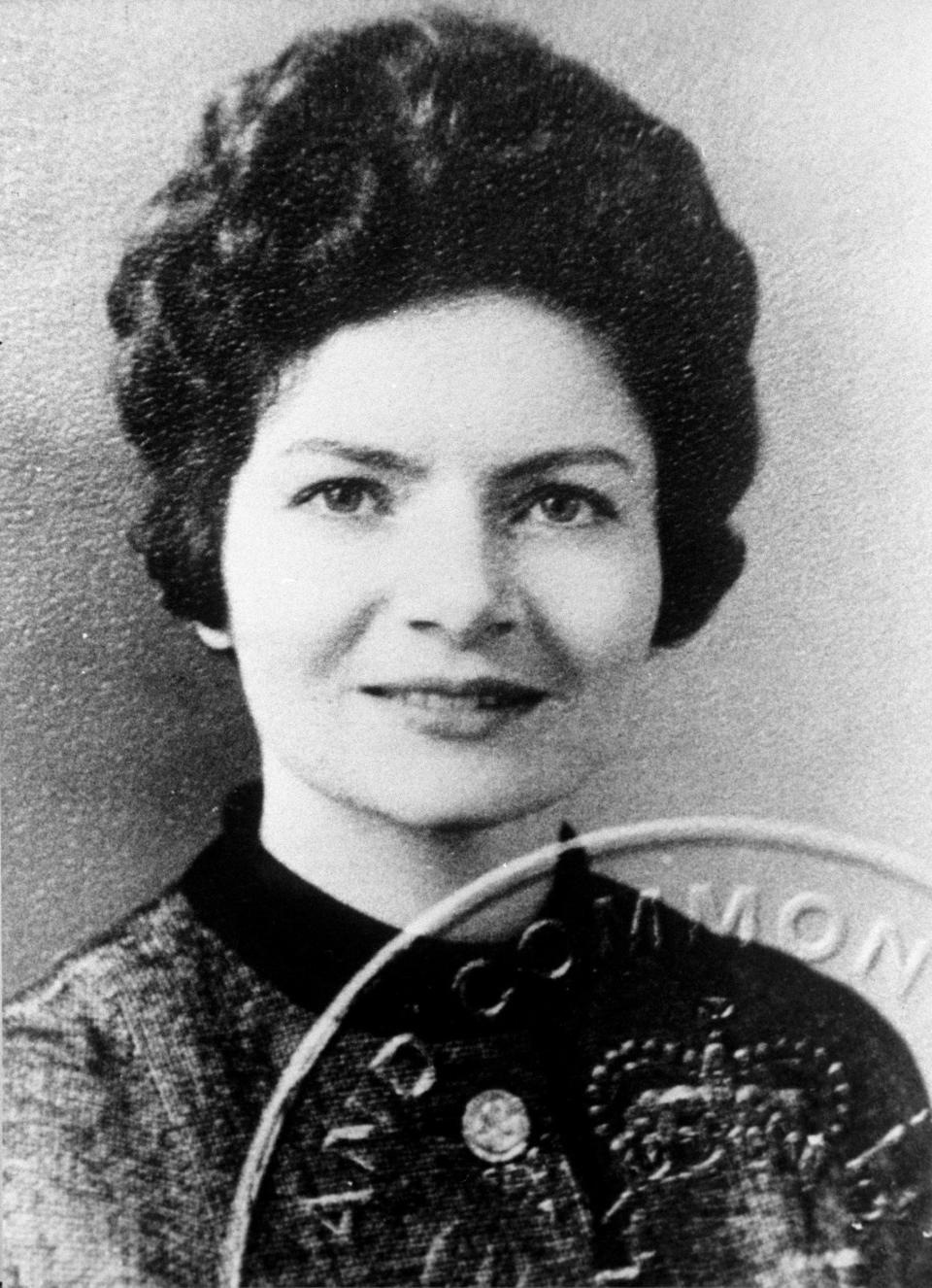
At his trial, Sutcliffe’s defence was insanity. He claimed that while working as a gravedigger he had experienced a spiritual revelation when he heard a “voice from God” speaking to him from a tombstone, ordering him to kill prostitutes.
The jury disbelieved him, and he was sentenced to 20 terms of life imprisonment. The High Court imposed a whole life tariff on him in 2009, a decision later upheld by the Court of Appeal.
Sutcliffe spent the first three years of his sentence at Parkhurst prison on the Isle of Wight, where in 1983 he was attacked by another inmate who slashed his face with a broken jar, necessitating 84 stitches.

Despite being found sane at his trial, Sutcliffe was subsequently diagnosed as suffering from paranoid schizophrenia and in 1984 was transferred to Broadmoor high security hospital in Berkshire. He refused treatment until 1993 when the Mental Health Commission ruled that it should be given forcibly.
Suspicion lingered that Sutcliffe actually feigned mental illness in order to serve his sentence at Broadmoor rather than in a harsher conventional prison.
Whatever the truth of that, after 31 years at Broadmoor, doctors assessed him as no longer mentally ill and in December 2015 the prisons department confirmed Sutcliffe’s planned move from secure hospital to jail, insisting it was “purely on the advice of psychiatrists” and not a prelude to eventual release.
With his own cell equipped with a television and DVD player, Sutcliffe was reportedly reluctant to leave Broadmoor, and was said to be on suicide watch after telling a friend the proposed move was “a disaster” because he would no longer be able to write letters and make and receive phone calls.
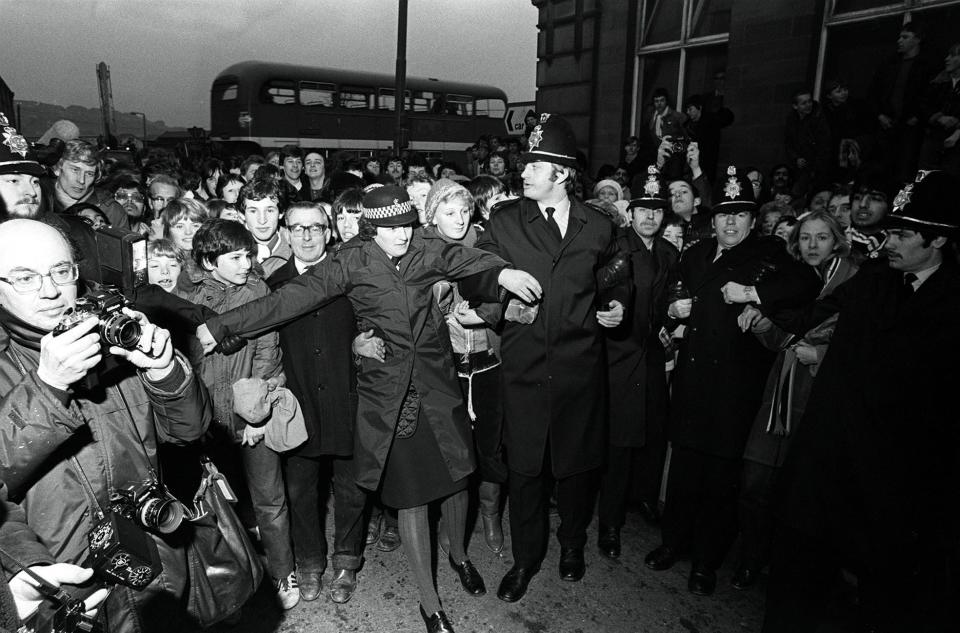
In 2016, however, a medical tribunal ruled that he no longer required psychiatric treatment and it was reported that he had been transferred to Frankland Prison in Co Durham.
The eldest of six children, Peter William Sutcliffe was born on June 2 1946 at Bingley, a small mill town near Bradford, west Yorkshire. His father worked nights at the local Co-Op bakery, his mother was an office cleaner and, unlike her husband, a Roman Catholic.
Weighing only five pounds at birth, the infant had a noticeable egg-shaped protrusion on one side of his skull, and as a child was considered introverted, weak and weedy, always clinging to the hem of his mother’s skirts.
When Sutcliffe was four, the family moved across the Aire valley to a semi-detached council house at Cottingley. From 1957, having failed his 11-plus, he attended Cottingley Manor, the town’s Catholic secondary modern school where, having no friends, he was bullied by older boys.
When the head teacher complained that the child had been absent from school for two weeks, Peter confessed that he had spent his days asleep in the loft under the eaves of his parents’ house.
As the Sutcliffe family expanded, they returned to Bingley and a four-bedroomed house in Cornwall Road on the Ferncliffe estate. In the summer of 1961 when he was 15, Peter Sutcliffe left school and found work as an apprentice fitter at Fairbank and Brearley, a local engineering firm.
At home, he spent silent hours locked in the lavatory preening himself. He left his factory job after less than a year, and having toned up his weedy physique with a home course of bodybuilding, started work as a £9 a week gravedigger at Bingley cemetery in the summer of 1964 — “a real job,” he liked to joke. “I’ve five thousand under me and not one of them complains.”
He was eventually sacked for poor timekeeping, but got away with regularly looting the bodies of the newly-dead by unscrewing coffin lids and helping himself to rings from their fingers.
His colleagues considered him inscrutable; he would sit in a silent, trance-like state in pubs, and his darting near-black eyes, trim dark beard and curly, dense square-shaped hair earned him the nickname Jesus.
After being fired from a couple of subsequent jobs, again for turning up late, he qualified for a heavy goods licence and began work as a long-distance lorry driver. A month later, in July 1975, he attempted to murder his first victim, a young divorcee called Anna Rugolskyj, striking her three times on the head with a ball-peen hammer and slashing her with a knife.
After a brain operation, she survived. A few weeks later he attacked an office cleaner, Olive Smelt, after arguing with her in a pub, hitting her twice on the head before being disturbed by a passing car. At the end of October, in the Chapeltown red-light district of Leeds, he claimed his first murder victim, Wilma McCann.
As to his motivation in attacking defenceless women at night, one theory held that during his courtship of Sonia Szurma, a student teacher of Czech descent, in the late 1960s, Sutcliffe had become jealous and wrongly suspected her of infidelity with another man.
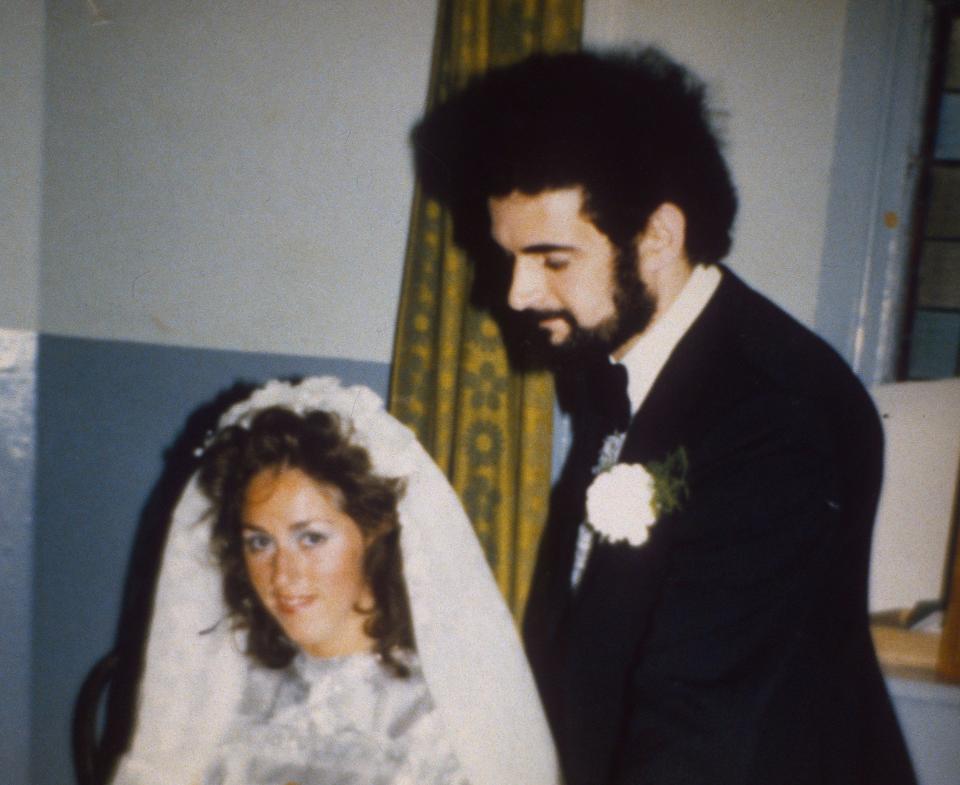
To “level the score”, as he put it, he picked up a prostitute, who swindled him out of £10 and made him a laughing stock in a crowded pub, filling Sutcliffe with rage and embarrassment. The criminologist Colin Wilson would subsequently ascribe his slashing and stabbing as “an orgasmic release from his usual sense of inferiority and ‘ambivalence’”.
Another writer on murder, Brian Masters, noted signs of Sutcliffe’s failed attempts to manufacture maleness in himself. His obsession with machines led him to keep the engine of a favourite motorbike under his bed; “the hammers and screwdrivers which he drove into the flesh of his victims were likewise his instruments of manhood”.
And yet, as Masters pointed out, Sutcliffe had not been aggressive as a youngster, and the mummy’s boy may even have been a latent homosexual.
One psychiatrist suggested that when Sutcliffe (who latterly called himself Peter Coonan) discovered that his mother was having an affair with a neighbour, a local policeman, he might have been pitched into a state of acute psychosis.
Throughout his twenties, when caught in various minor delinquencies, he would skilfully dissemble, becoming, in the words of a younger brother, “a right genuine sort of a liar”.
In 1977 he and his wife, Sonia, moved into a detached Victorian house in Garden Lane in Heaton, one of the best parts of Bradford and convenient for the transport depot where Sutcliffe worked. The couple were still living there when Sutcliffe was finally arrested nearly four years later. They divorced in 1994.
“ I couldn’t help myself,” he once explained to his sister when she asked why he had done what he did. “I didn’t know what I was doing. I just felt an evil rising inside me.”

